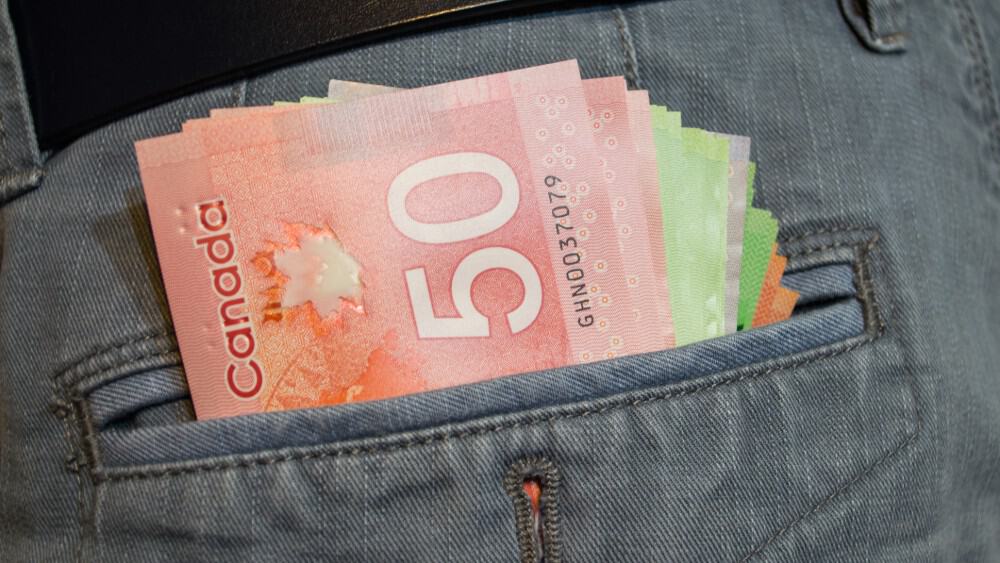Canadians are frantically searching for cash these days. The COVID-19 pandemic has brought not only disease to our doorstep, but also financial strain. Layoffs, business closures, and even the collapse of industries are just some of the things affecting the economy.
It’s left many looking for relief, and the Canadian government offered it up with the Canadian Emergency Response Benefit (CERB).
CERB isn’t for all
As of writing, almost 15 million Canadians applied for the CERB. That’s over $40 billion in benefits paid so far. With the benefit set to continue until at least August, that leaves even more opportunity for Canadians to sign up.
But there’s now a word of warning being passed around. Actually, several words. While the CERB might look like free money, it certainly isn’t. In the first place, if you aren’t eligible the Canada Revenue Agency (CRA) will come knocking.
Not tomorrow, but eventually you will have to pay back every cent of that $8,000 in cash from the 16 weeks you collected it. If you are eligible, that money still must be claimed on your taxes, or again you’ll pay up later. And finally, the more people sign up, the more we all have to pay in our taxes moving forward.
Granted, there are absolutely people out there who desperately need the CERB. So please let them have it. If you don’t, you can’t still bring in $8,000 in cash this year. And the great news? Using your TFSA means it’ll all be tax free.
Dividends galore
If you have the cash on hand, you can certainly bring in $8,000 in dividend income by choosing the right stocks. Luckily, most stocks are trading at a significant discount right now. That leaves the ability to bring in even more passive income than you normally would. That’s way better than the CERB, because now you can bring in that income every year, not just once.
The stocks I would consider are ones that are likely to be around now and after the market crash. Enbridge Inc, Canadian Imperial Bank of Commerce and Slate Retail REIT are all great choices in this case.
Enbridge is a pipeline company with long-term contracts, which means its dividends will be secure for decades to come. On top of that, it has a growth portfolio for the next few years that should see its share price and dividends increase regularly. CIBC is another great option as one of Canada’s Big Six Banks, with the highest dividend yield of the banks.
It has a lot of room to grow, and is a great price because of its exposure to the housing industry at the moment. Finally, Slate REIT has been hit because of its ownership of retail stores. But when the dust settles, this stock should see a huge upside that should boost its already significant dividend yield.
Bottom line
By choosing these stocks, here’s how your dividend income portfolio could look if you and your partner use your combined TFSA contribution room. Investors could put $37,450 into CIBC for $2,500 in dividend income, $33,844.48 for another $2,500, and $22,352.31 for $3,000.
That would bring in $8,000 of passive income each year for an initial investment of $93,646.79. That’s $8,000 every year, whereas CERB can only give you 16 weeks.









